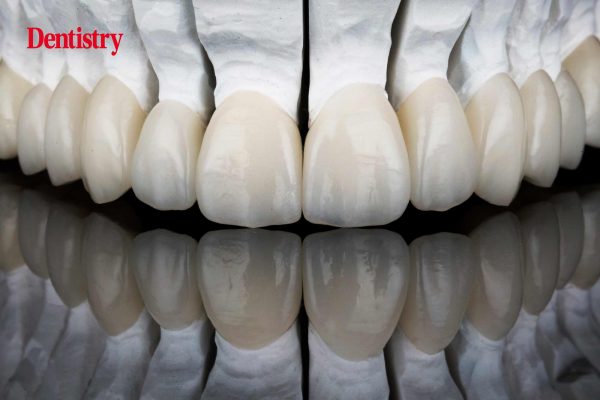Anthony Mak and Andrew Chio present a case study using the layering-stratification technique with the G-aenial A’chord composite system.
The concept of layering or stratification of direct composite restorations combines optical properties from the different resin layers with the aim of emulating the colour, characteristics and translucency of the natural dentition.
Progressive improvements in composite resin technologies have led to the simplification of this treatment procedure that is commonly perceived as complex. However, difficulties exist in mimicking the remaining tooth structure when restoring teeth in the anterior segment of the dentition because of the variety of shades, chroma, and translucency levels of many current composite resin systems.
New G-aenial A’chord (GC Europe) represents the evolution of the G-aenial system. This has been used in dental practices worldwide for more than 10 years. Compared to its predecessor, G-aenial A’chord provides an upgrade from the original G-aenial system in these aspects:
- Beautiful and harmonious under any light with a natural fluorescence
- Optimal handling properties, allowing for the material to be easily sculpted with instruments or brushed with restorative brushes
- Full-coverage silane coating (FSC) covers the individual filler particles to prevent chipping at the margins, so giving better wear properties with high gloss retention
- The incorporation of additional opaque and enamel shades allows an infinite range of opacity and value possibilities
- Simplification with five core shades that cover all 16 Vita shades.
Case report
The following case study demonstrates the use of the G-aenial A’chord direct composite system in the restoration of a complex class IV in a 22-year-old female patient.
The patient presented to the practice relaying her dissatisfaction of an existing restoration on her upper left central incisor (UL1). She requested its replacement with a new restoration that was conservative and ‘invisible’ when she smiled or engaged in conversation. She also relayed that the existing class IV restoration had been done four times by her previous dentist without an outcome or result that was satisfactory to her.
Clinical examination revealed a high smile-line with a symmetrical and aesthetic gingival architecture. The existing composite restoration on the UL1, while clinically acceptable, did not integrate with the shade of the tooth and to the other teeth in her dentition.
The discolouration and minor ledging on the disto-labial aspect of the existing restoration also indicated the likelihood of marginal leakage in the region.
The preoperative colour assessment showed that the UL1 was slightly more chromatic than the adjacent UR1. The UL1 also exhibited a very slight labial displacement in its alignment compared to the adjacent UR1.
The patient’s health history was unremarkable. Radiographic and periodontal examination showed that the UL1 demonstrated no pathology or issues requiring intervention prior to the commencement of the restoration. The UL1 exhibited a normal response when the vitality was thermally tested.
The treatment options were discussed with the patient and the advantages and disadvantages of each were carefully identified. The options presented were:
- A single reductive ceramic veneer on UL1
- A full surface composite veneer on the UL1. The patient was advised that due to the slight labial displacement of the UL1, a very small labial reduction would be required to allow the space to mask the chromatic dentine
- A conservative class IV on the UL1 to be completed additively to minimise any preparation and reduction of the natural tooth structure.
She preferred the conservative approach to her treatment involving an additive protocol (last option). She relayed that she would be happy with a harmonious composite restoration on the UL1. She did not feel that the slightly chromatic UL1 would be an aesthetic concern for her.
From the clinician’s perspective, the final plan and goal of the treatment was to restore the UL1 with a durable and long-lasting conservative direct composite restoration with a final result that is biomimetic with optimal aesthetic and morphological integration with her existing natural dentition.
Step by step
Prior to the restorative process, diagnostic images and the selection of the estimated shade was completed. Diagnostic impressions were also taken to allow the fabrication of a silicone palatal stent or matrix that would facilitate the 3D blueprint for the layering of the composite increments.
Conclusion
Developments in single shaded universal composite systems for the anterior dentition continue to improve and advanced layering techniques for anterior direct composite restoration will always be necessary in the contemporary aesthetic dental practice. This is due to the intrinsic anatomy of the natural tooth where the emulation of the optical and morphological properties cannot be achieved by a single mass of restorative material.
The G-aenial A’chord composite system has a simplified approach to the shading/layering process while providing a final result that is biomimetic, aesthetic and long-lasting.
This article first appeared in Clinical Dentistry magazine. You can read the latest issue here.


